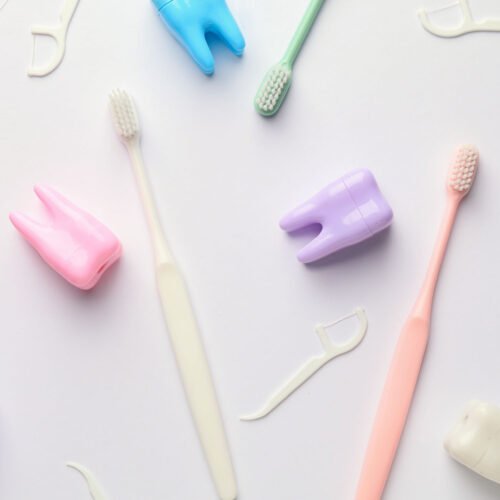Do you want to know one of the healthiest things you can do for yourself, and it’s free? It’s a topic I talk about often, and I love it…
It’s fasting!
I know, that word tends to worry people. It brings up thoughts of starvation and deprivation. I get it. We are psychologically trained to love and want food (aside from the physiological need). What do you get for your birthday? Cake. What do you do for an anniversary? Go to a fancy meal. What do you do when you’re bored/upset/stressed? Eat.
It seems like food is always there for us… but that’s actually the problem.
Your body is wired to go through feast and famine.
Nowadays, there’s only feast. Every time you eat you spike your insulin. The more often throughout the day you do this, the more you will start causing inflammation. Inflammation, as you well know by now, is pretty much the base for all illness there is. We don’t want that.
Fasting has so many health benefits, so to name a few (and maybe convince you to give it a try):
- hormonal health (hormones affect everything from sleep cycles, mood, metabolism, heart rate, reproduction, stress management, growth and development)
- boosting your health and longevity
- improving mental health
- boosting your immune system
- weight loss (if it’s needed)
- decrease inflammation
- thyroid health
During longer fasts, it can help against cancer because your body will use any tissue that isn’t serving a purpose.
So when I say fasting, what do I actually mean?
It’s simple! I would love for you to try intermittent fasting – having a smaller timeframe during which you’ll eat during the day. It’s a great start if you can intermittent fast for 14 hours!
Then keep nudging it up as you feel ready. 18 hours certainly has some magic happening with it on that cellular level, but any time you can manage over 14 hours I’ll already be super proud of you and you reap the health benefits. I know that still sounds intimidating.
So let’s break this down into manageable pieces:
- How long do you go without food between your last meal of the day and your first meal of the day? For most that is already a pretty decent amount of time, so see if you can have your last meal 15 minutes earlier and your first meal 15 minutes later. That’s already half an hour longer and doesn’t feel bad to do. You can keep using 15 minute increments (or whatever works for you), to keep nudging that fasting time higher.
- Make sure to eat healthy fats! Decrease sugar! and drink plenty of water! All of these steps make fasting much easier and beneficial.
- For some people drinking coffee in the morning will still allow them to be in fasting mode. For some, they can even add organic grass fed heavy creamer, coconut fat, or butter and still be in fasting mode (the body does things differently with this pure fat than food). If you want to really know if it works for you, it’s best you get a blood sugar meter, test before you drink your coffee, 1 hour after, and 2 hours after. How the spike is will let you determine if it works for you. If you notice your blood sugar being really wonky, I highly recommend taking GlucoGenic from Systemic Formula to help you get on track easier and faster.
- If all of this still seems too overwhelming. how many times do you put calories in your mouth per day? I do mean all calories – sipping your latte throughout the day, snacking, eating a piece of candy, grabbing some cashews every time you pass through the kitchen, etc. Studies have shown that Americans do this up to 17 times per day!!!!! If you’re not sure what that may be for you, track it to get a better idea. Based on your number, do it one time less per day. Then two less. Three times less. You get the point. Add some healthy fats into your diet, too. Combine this with the above mentioned slow increase of fasting length, and you’ll get there easily.
You’ll want to combine this with diet variation! You don’t need to fast daily (I usually do during the week, and have random schedules on weekends), keep switching it up and listen to your body!























